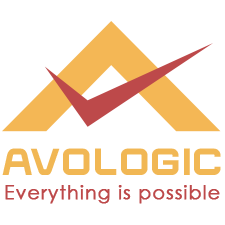Rhino 3D is a powerful 3D modeling software commonly used in the jewelry industry. Here’s a brief outline of a typical Rhino 3D course for jewelry design:
- Introduction to Rhino 3D: The first section of the course covers the basics of Rhino 3D, including its interface, navigation, and basic commands.
- 2D Drawing and Editing: In this section, learners will learn how to create and edit 2D drawings in Rhino 3D, including how to draw lines, curves, and shapes, and how to manipulate them.
- 3D Modeling: This section covers the basics of 3D modeling in Rhino 3D, including how to create 3D shapes and objects, how to modify them using transformation tools, and how to work with layers.
- Jewelry-specific Tools: In this section, learners will learn about the various tools and techniques specific to jewelry design, including how to create bezels, prongs, shanks, and other jewelry components.
- Surface Modeling: This section covers more advanced surface modeling techniques in Rhino 3D, including how to create complex curves and surfaces using lofting, sweeping, and blending.
- Rendering and Presentation: In this section, learners will learn how to apply textures, materials, and lighting to their designs, and how to create high-quality renderings and presentations.
- Workflow and Efficiency: This section covers techniques for working efficiently in Rhino 3D, including how to create and use templates, how to automate repetitive tasks, and how to organize files and projects.
By the end of the course, learners should have a good understanding of Rhino 3D and be able to create complex 3D jewelry designs using the software. They should also be able to present and share their designs effectively using high-quality renderings and presentations.
Page Copyright
© Copyright @Avologic 2016 - 2023 All Rights Reserved.
